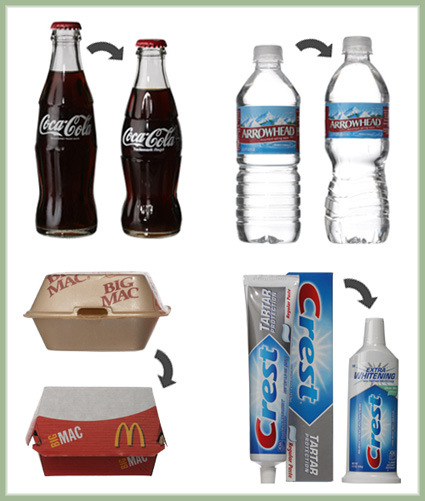One of industrial design’s most influential and prominent figure in terms of ecological design and social responsibility would be the late Victor Papanek. When he graduated and stepped into the design profession, he was disappointed to learn that a very major chunk of product design are mere surface styling aimed squarely to spur sales and consumption, leading to him opining that industrial design is probably the second phoniest job in the world for creating things that people didn’t need (advertising would be the phoniest, since they persuade people to want these in the first place).
Indeed, as I graduated and joined the profession myself, this nagging question would surface every now-and-then. Sometimes we would be required to create designs for products that I’d personally see as frivolous and gimmicky – they are not innovative and adds little value to life, and exist primarily only because the market “demands” it. While these products may be justified if you look at profits-and-costs, sometimes it’s rather perplexing to imagine the amount of human and natural resources – months of manhours from design to production to marketing, raw materials in the plastic and metal parts, packaging, promotion, point-of-sale material, etc. – for just one product (likely amidst a whole line of similar products).
Of course, dough is what these projects give, and dough is what we need to put food on the table. But even as we take on these projects, I think it’s still extremely important for designers to realize the power they have in helping to reduce our footprint on the planet. For instance, it is not unimaginable for designers to be working on products that are planned to sell in the millions. If you think about it, every millimeter of material we specify translates to 1km of material in a 1-million-unit production. We are in a very privileged, and hence responsible position to reduce the ecological impact, perhaps much more than many other professions.
And often, they do not have to translate to sacrifices in product image or function. At times, they may even be enhancements, as some of these redesigned product packaging show (taken from NYTimes’ article):

Clockwise from top-left:
1) Coca-Cola 8-ounce bottle: A smaller and lighter bottle (while retaining the same capacity), resulting in reduction in materials used: savings on the material as well as transport costs.
2) Arrowhead Mineral Water bottle: Nestle redesigned the bottle and cap to make it lighter and more recyclable, while narrowing the label by half an inch. This result in a 30% reduction in plastics used (while featuring the extra recess as handle), and less paper for the label.
3) Big Mac packaging: This is a familiar one – The Styrofoam clam-shell burger packaging was switched to the current paper-based ones, making them biodegradable.
4) Crest Toothpaste: P&G introduced a standalone rigid tube for Crest toothpaste, so that there wouldn’t be a need for individual paper-based boxes that most toothpastes now still come in.
As you can see, sometimes subtle decisions we make as we’re designing can indeed have a great impact down the line. While we may not be a green activist, being conscious of these responsibilities would certainly go a long way to alleviating the toll that our Earth is bearing.

